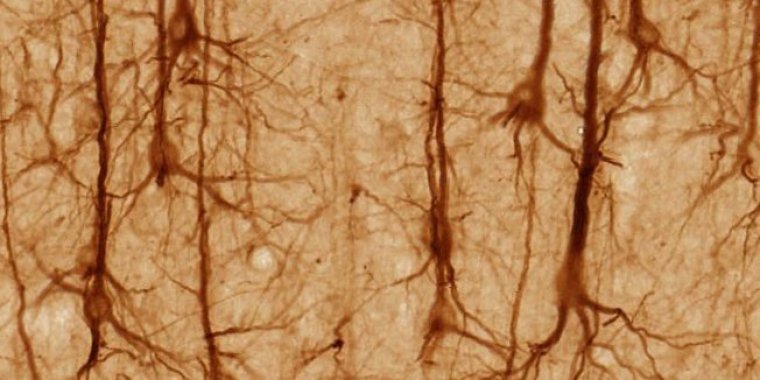| Health / Health News |
Brain cells that cool the body
The body’s temperature is closely regulated. We sense temperature changes in the environment through specialized nerve cells in the outer layers of the skin. If we are too hot or too cold, our nervous system activates responses to help change our temperature. We can sweat to cool down or shiver to generate heat. Our blood vessels can constrict to conserve heat or expand to release heat.
Exactly how our brains turn on these regulating systems and behaviors isn’t clear. A research team from University of California, San Francisco, searched for neurons that detect body temperature changes in the brain region that regulates nervous system functions like temperature and sleep: the preoptic area of the hypothalamus.
Using a technique called phosphoTRAP, the researchers identified genes that were activated when mice were exposed to warm temperatures. They found a unique population of heat-sensitive brain cells that expressed high levels of neuropeptides called PACAP and BDNF.
The team measured these cells’ activities while mice were exposed to temperature increases (from 25°C to 45°C) and decreases (from 25°C to 10°C) in a custom-built chamber. The specialized neurons were activated by warm temperatures, but not by cool temperatures.
The scientists genetically inserted a light-responsive protein into the specialized cells to control their activity. This allowed the researchers to turn on the heat-sensing neurons using a fiber-optic light.
When the cells were activated, the animals’ core body temperatures dropped. Blood vessels in the animals’ tails dilated to release heat, and fat-burning heat production decreased.
The mice also spontaneously moved to a colder part of the chamber, suggesting that activation of these neurons can induce both nervous system and behavioral changes that reduce the body’s temperature.
Using imaging techniques, the researchers confirmed that the heat-sensing neurons reach into brain regions that control both nervous system responses and motivated behaviors. These specialized brain cells could be activated by stimulating heat-sensitive nerve cells in the animals’ skin, suggesting that the neurons use the body’s peripheral temperature sensors for heat detection. (NIH)
YOU MAY ALSO LIKE






